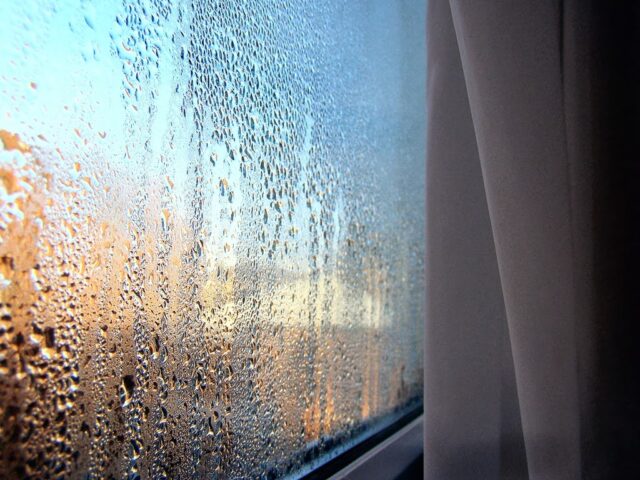
Are you finding that condensation is building upon the glass on your windows during the winter months? Do they become cloudy or sweaty, and do you find that the moisture is starting to affect your window frames?
Increased moisture around your windows can not only damage window-frame finishes but it can also be the cause of mold build-up, which is potentially dangerous to your health.
It can also cause issues where you won’t be able to see them: like decay in your walls and attic as well. Window condensation could also be an indicator of poor indoor air quality which also isn’t good for your health.
How Does Condensation Happen?
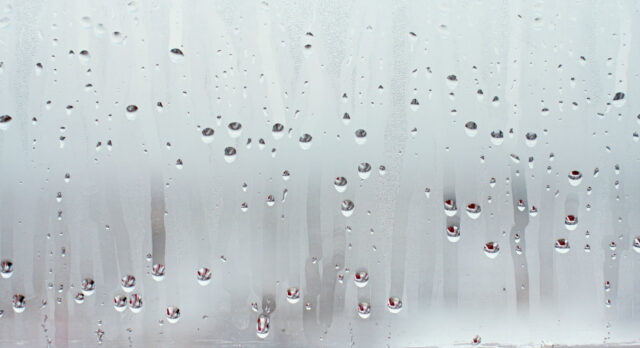
Condensation happens when the warm, moist air in your home hits your cold windows. This occurs because when the water is warm it is a gas that travels through the air (through a process called evaporation), but when it cools by hitting your window it turns into a liquid which appears as fog or droplets on the glass (condensation).
Window condensation is becoming a modern problem as homes are sealed tighter against air leakage and there is less natural airflow.
Naturally, when there is less airflow and no ventilation, moisture becomes trapped inside and rises to levels that are detrimental to the health of both you and your home.
Older houses were not made as air-tight as more modern homes. They had cracks in the windows and doors that would allow air to move through. While not very energy-efficient, this meant that moisture wouldn’t get trapped inside and there wouldn’t be any window condensation as well as all the problems that come within.
Moisture can get into the air when you cook, shower, dry clothes, or even when you breathe. Because these are all activities that people obviously need to do, it’s essential that you find ways to improve your home’s ventilation in order to reduce moisture levels.
How to Reduce Condensation
There are multiple ways to reduce condensation on your windows.
5Energy-Efficient Windows
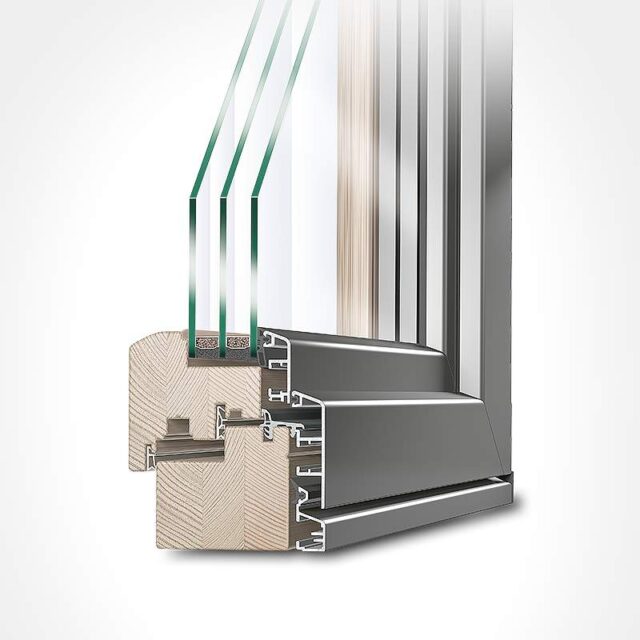
First, let’s look at whether or not you need better windows. Window and door companies like Goldenwindows.com offer quality manufactured windows that are energy-efficient and designed with multiple panes of glass.
Triple pane windows are less likely to have condensation form on them than double pane, and both are much better than single pane windows. This is because only the outer pane of glass will get cold in the winter, leaving the inner pane to stay warm and not cause moisture in the air to turn to liquid when it makes contact.
Another bonus of multi-pane windows is that argon gas is commonly filled and sealed into the spaces between the various panes to increase their energy-efficiency as well as thermal performance. The gas acts as a barrier that slows the transfer of heat through the glass, reducing the possibility of condensation.
When choosing new windows look for an indication of R-value – the higher it is, the better able the window is able to resist heat transfer. More energy-efficient window models like the ones that are ENERGY STAR® certified tend to have fewer problems with condensation than regular windows. Besides R-value, features that contribute to more energy-efficient windows include:
- Triple glazing
- Low-E (or low-emissivity) coatings on the glass
- Gas like argon between the glass panes
- Thermally improved spacer bars like Super Spacer®
- Insulated frames, doors, and sashes
- Air tightness
Make sure that when choosing a window and door company that you are going with one that has a solid reputation for delivering quality products as well as installation services. Even if you have the right products, faulty installation can lead to a host of problems like warping of the frame which can in turn cause air leaks.
These problems will ruin the effectiveness of your new units and you will continue to see issues like condensation, and even experience higher energy bills due to your furnace working harder to heat your home.
4Increase Airflow
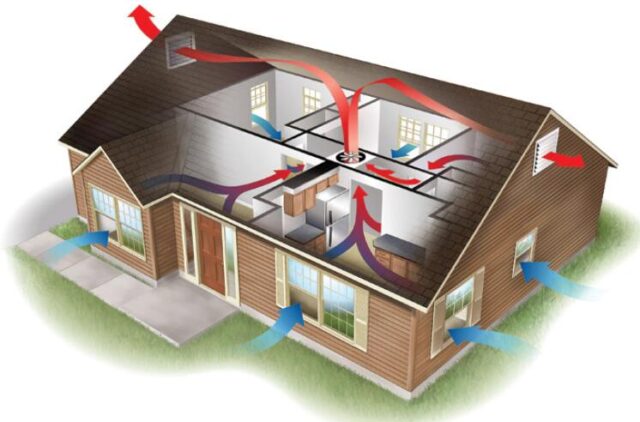
While you want to keep your home warm during the winter, consider opening your windows from time-to-time, especially after cooking something up in the kitchen or taking a hot shower. This will allow the moisture to escape and keep the inside of your home nice and dry.
Other ways to improve airflow is to make sure that you are using or installing exhaust fans in high-moisture areas of your home. Turn the exhaust fan on after showering for at least fifteen minutes, and make sure you are using your exhaust hood effectively during cooking.
Does your dryer vent indoors? If so, it is spewing large amounts of moisture into your home when being used. Look into proper outdoor venting for your dryer and you may see a ton of improvement when it comes to your condensation problems.
3Invest in Heat Recovery Ventilation (HRV)
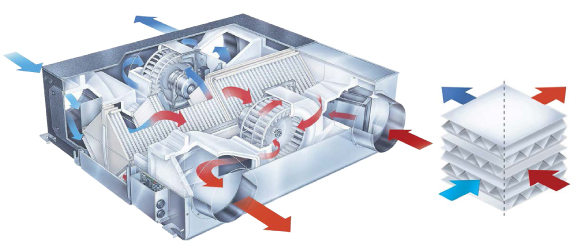
A heat recovery ventilation (or HRV) unit is a ventilation system which uses a fan and built-in heat exchanger to extract approximately 75% to 85% of the heat out of your home’s air before exhausting it outdoors. The heat that gets saved is then transferred back into the home as a fresh stream of air coming from outside.
While expensive, investing in one of these units will completely eliminate your problems all-together. In fact, HRV units are so effective and energy-efficient that they have become part of the building code for new houses in certain localities.
2Track Your Humidity Levels
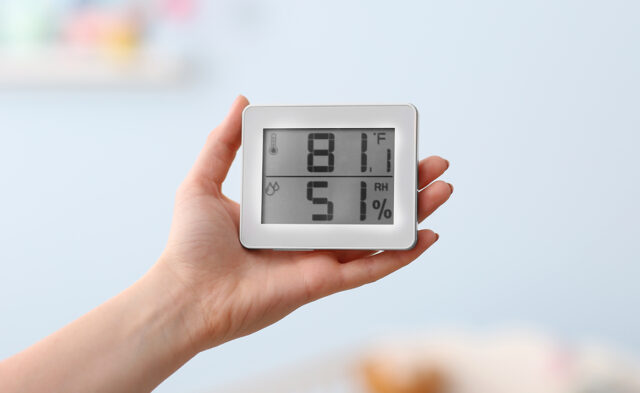
If you are especially concerned about humidity in the home then consider installing a hygrometer. A hygrometer is a device that measures and tracks moisture levels in the air and can be used to help keep you informed about your house’s humidity levels.
If the temperature outside is below -18 C (or 0 F), try to keep the humidity in your house between 15% and 25%.
If the temperature outside is between -18 C and 4 C (0 F and 40 F), try to keep it between 25% and 40%.
With the help of your hygrometer, you will know when the humidity is too high in your home and take the appropriate steps (outlined above) to reduce moisture.







